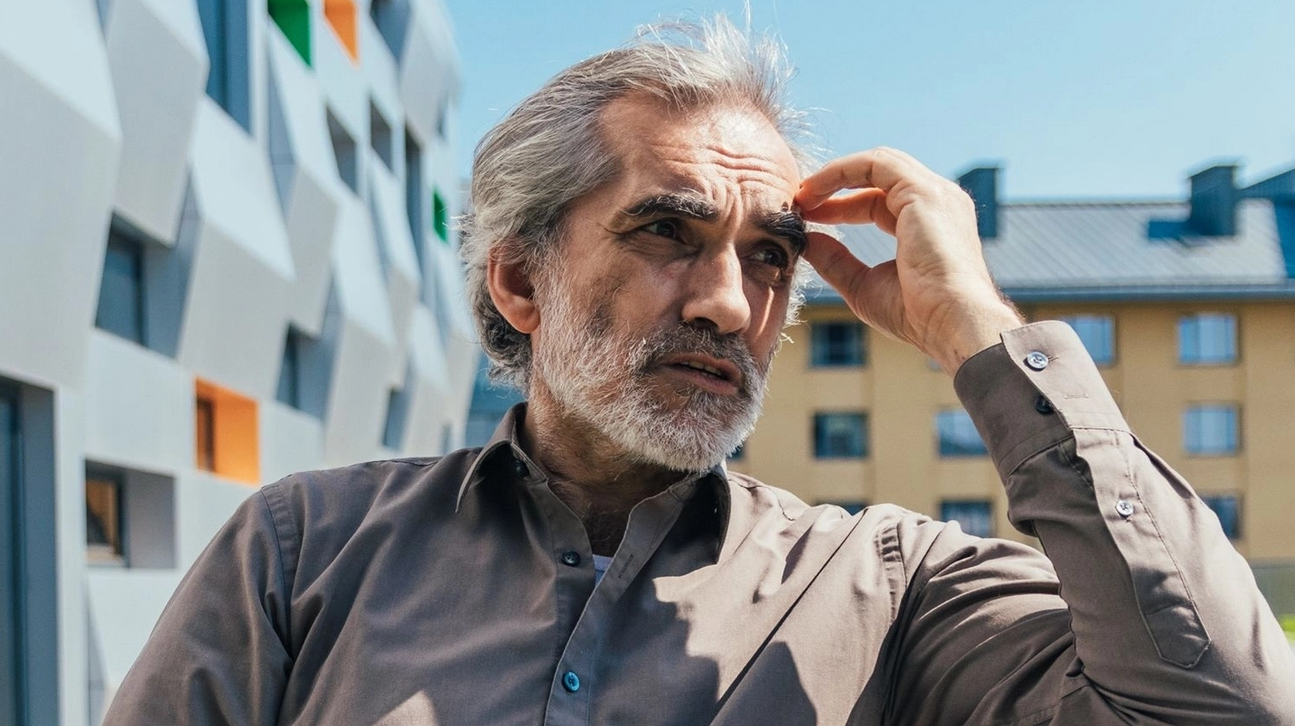As calls for Ukraine to compromise with Russia grow louder in Western capitals, Ukrainian historian Yaroslav Hrytsak offers a sobering perspective: this war isn't just about territory - it's about breaking free from centuries of bloodshed and a fundamental clash between two political systems.
Regarded as one of Ukraine’s best-known historians and public intellectuals, in 2021, Hrytsak published one of the most comprehensive contemporary studies on Ukrainian history, Overcoming the Past: A Global History of Ukraine.
Russia's full-scale invasion has made Hrytsak's central argument painfully relevant: Ukraine's strategic location has long made it a prize for colonial powers, trapping it in cycles of violence. Now, as he explains in an extensive interview, Ukraine faces its best chance to finally break this pattern.
"I am a historian who doesn't love history. It stems from my deep professional understanding that history is, fundamentally, a chronicle of violence,” Hrytsak told Bombardyr. This is particularly true in the Ukrainian context, where our past is marked by death, famine, and countless tribulations."
“A rich country of poor people"
Despite being among the world's top 10 steel producers, the fifth-largest agricultural exporter, and a leader in arable land and mineral resources, Ukraine lags far behind in key quality-of-life indicators like wages and life expectancy.
Thanks to its strategic location and abundant resources, the country has repeatedly become a focal point of colonial ambitions. This has placed it at the heart of Europe's deadliest conflicts and humanitarian catastrophes — a region Yale historian Timothy Snyder famously labeled the "bloodlines."
This region — spanning present-day Ukraine, Belarus, Poland, the Baltic states, and the westernmost edges of Russia — became the battleground between the Nazi and communist regimes in the mid-20th century, where famines, mass deportations, and genocides were weaponized against local populations.
In the first half of the 20th century alone, Ukraine became ground zero for three of history's greatest tragedies: Stalin’s Holodomor — the Soviet man-made famine that killed at least four million people — the Great Purge, and World War II, during which Ukraine experienced some of its heaviest fighting and highest civilian casualties, including devastating Holocaust losses.
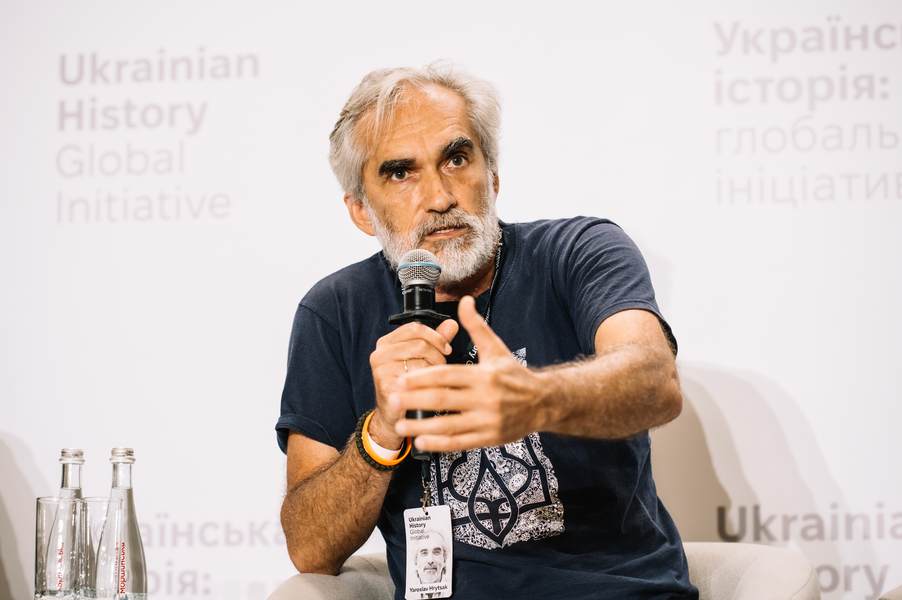
The 800-year time bomb at Europe's heart
These modern catastrophes stemmed from Ukraine's long-standing role as a contested space between rival powers — a vulnerability that Hrytsak traces back to a single pivotal moment.
He argues that the Mongol invasion of Kyiv in 1240 was "the biggest geopolitical catastrophe of this region," creating a power vacuum that would shape centuries of conflict. Today's struggle to reestablish Kyiv as a regional power center represents Ukraine's effort to finally break this historical cycle.
In the Middle Ages, Kyiv was the glittering capital of Kyivan Rus, once Europe's largest state, serving as a major hub for trade between Scandinavia and Byzantium and a vital religious center connecting Eastern Europe with Constantinople.
The Mongol destruction of Kyiv in 1240 shattered statehood across most of present-day Ukraine, ushering in a "blind period" — a century-long dark age with few surviving historical records. It wasn’t until the 14th century that central Ukraine was gradually reclaimed by local princes and the rising Lithuanian state.
This power vacuum had lasting consequences. For centuries after Kyiv's fall, competing external powers — from the Polish-Lithuanian Commonwealth to the Ottoman Empire, from Muscovy to the Russian Empire — transformed Ukraine into a battleground, fighting for control over the region's rich natural resources.
If Kyiv can establish itself as a strong regional center within Western security structures like NATO and the EU, Ukraine could transform from a perpetual battlefield into a zone of stability – achieving the goal that has eluded it since its medieval golden age.
"The emergence of Kyiv, not just as a capital but as the capital of an independent Ukraine, becomes our chance to exit this zone of bloodshed," Hrytsak argues.
The dictators’ gameboard
Nowhere was this pattern more catastrophic than in the 20th century, when Ukraine was trapped between Stalin’s Soviet Union and Hitler’s Nazi Germany.
Both regimes viewed Ukraine’s vast resources as essential to their imperial goals — Stalin sought to subjugate it through forced collectivization, engineered famine, and brutal repression, while Hitler aimed to seize its land for Lebensraum, enslaving or exterminating its population in the process.
Stalin's vendetta against Ukraine stemmed from what Hrytsak calls a "Ukrainian trauma." After the Russian empire collapsed in 1917, Ukraine declared independence and fiercely resisted the Bolsheviks — radical communists who would later form the Soviet Union.
While Russian communist forces eventually conquered most of Ukraine by 1921, they faced repeated Ukrainian resistance. Even Ukrainian communists questioned Moscow's authority, making Soviet Ukraine one of the most rebellious territories within the communist system.
The 1920s brought new challenges as Soviet Ukraine emerged as one of the most rebellious territories within the communist system, with Ukrainian communists themselves questioning Moscow's authority.
The Kremlin's response was brutal. In 1932, Stalin orchestrated the Holodomor, a man-made famine that devastated Ukraine, followed by mass political purges. He even sought to erase the recognition of Ukrainian soldiers’ contributions to the Soviet war effort during World War II, exposing his deep-rooted hostility toward Ukrainian identity itself.
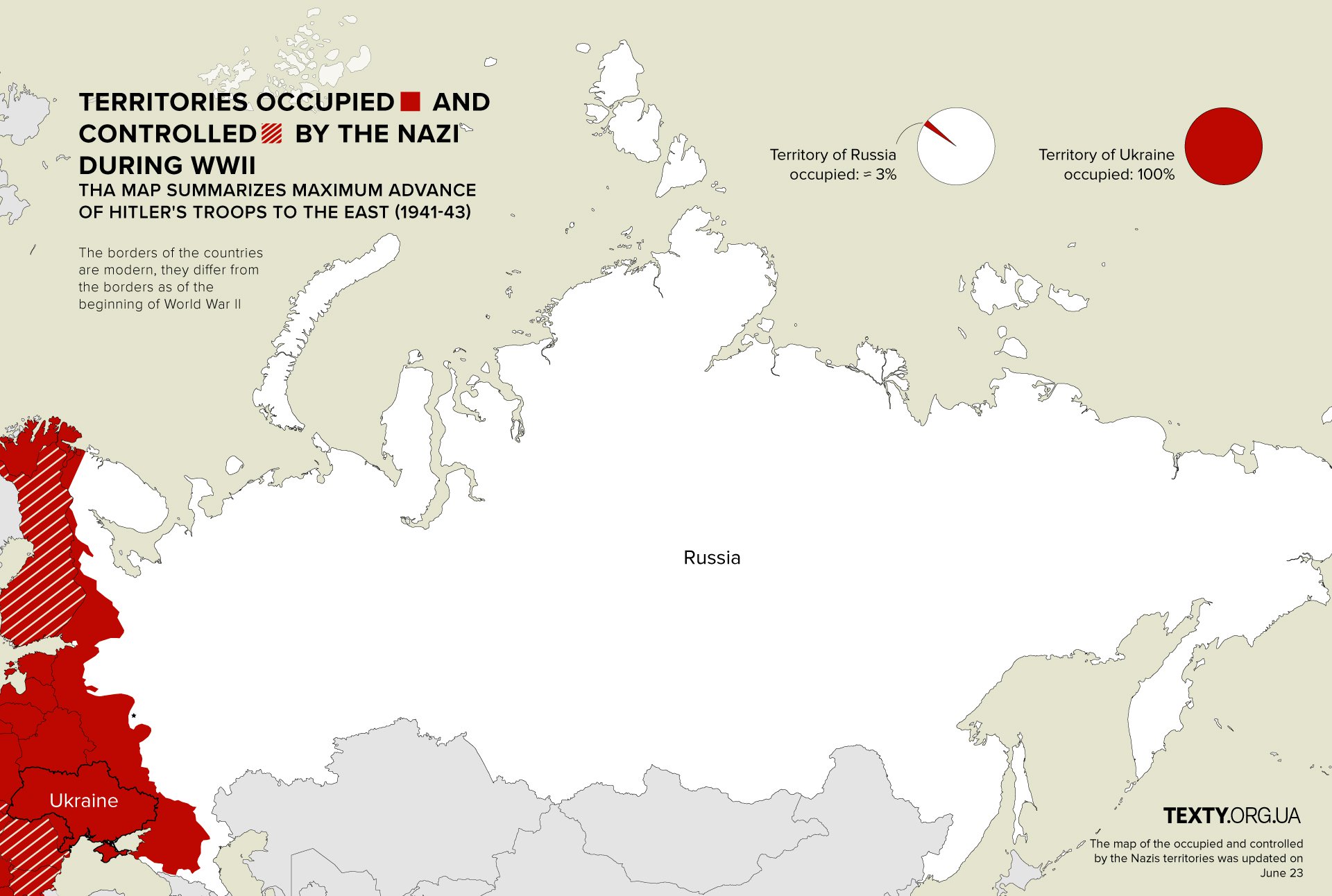
Hitler's vision for Ukraine was equally dark, though different in nature. He saw Ukraine as "Germany's India" a vast colonial possession whose resources would fuel Nazi expansion. In correspondence with Italian leader Mussolini, Hitler marveled at Ukraine's wealth: its vast agricultural lands, mineral deposits, and human resources.
Early in the war, some Nazi leaders like Alfred Rosenberg suggested allowing a semi-independent Ukrainian state as a buffer against Russia. However, by the spring of 1941, Hitler had decided on full colonial exploitation.
Despite their differences, both dictators' approaches shared one key feature: they saw Ukraine as a resource to be conquered and exploited rather than a nation with its own right to exist. This pattern of imperial powers viewing Ukraine as a prize to be won rather than a nation to be respected continues to influence Russian policy today, Hrytsak argues.
Like a gravitational force, this blood-soaked past has kept pulling the country back into conflict, making it difficult to build lasting prosperity despite Ukraine's immense potential.
“We have nothing to return to. Unlike many nations, we don't have a ‘golden age’ that spans multiple generations,” Hrytsak says.
A rebellion against history
The historian argues that breaking free from this cycle of violence is the true stakes of Ukraine's current struggle — and the deep-rooted reason behind the nation’s pro-Western geopolitical aspirations.
"Ukraine has risen up against history — we weren't supposed to exist, but we do," Yaroslav Hrytsak says.
The historian claims that Ukraine's current struggle against the Russian invasion represents more than a fight for territorial integrity — it embodies a nation's attempt to break free from historical patterns that have held it in a cycle of violence and instability.
This path forward hinges on establishing new international alignments as much as defeating Russian on the battlefield — a bitter historical lesson the nation has learned from centuries of failed independence struggles, the latest of which unfolded a century ago.
When the Russian Empire collapsed in 1917, Ukraine seized its chance for independence. The newly proclaimed Ukrainian Republic soon found itself fighting for survival on all sides: against the Russian communist troops in the east, against armies still loyal to the fallen Russian tsar, and against Polish forces pushing from the west.
Though Ukraine and Poland eventually became allies through the 1920 Warsaw Treaty, it was too late. By 1921, the Bolsheviks had conquered two-thirds of Ukraine, with only the western regions falling under Polish control.
Hrytsak argues that today's situation marks a crucial departure from that pattern — Ukraine has garnered unprecedented international support.
"This backing may have come late, and it might not yet be enough," he observes, "but its very existence marks a fundamental shift in Ukraine's historical path."
The ultimate goal is clear: to transform Ukraine from a battleground into a stable, democratic state within NATO and the European Union — robust Western institutions that can protect Ukraine from the Kremlin’s colonial claims, halting its centuries-old role as a contested borderland.
Democracy’s eastern edge
Trending Now
However, Hrytsa argues that Ukraine’s Western aspirations are not limited to mere security interests. They reflect something deeper: a profound civilizational choice rooted in Ukraine's political culture that has been centuries in the making.
"In Ukraine, Stalin or Putin is impossible. In Russia, a Maidan is impossible," he says, reflecting on a stark divide that stems from centuries of different political development.
Ukraine's modern political culture was largely shaped by its experience as part of the Polish-Lithuanian Commonwealth — the Polish-led elective monarchy that existed from the 14th to 18th centuries. Unlike most European monarchies of that time, it practiced an unusual form of democracy: its kings were elected, and power was distributed among numerous nobles who could vote on state decisions.
Within this state, the Cossacks emerged as a unique military and social force in Ukrainian territories. These self-governing warrior communities established their own democratic traditions, electing their leaders and making key decisions through general assemblies.
The system of Cossack self-governance, which briefly granted Ukraine independence in the 17th century, laid the groundwork for Ukrainian nationhood — until the newly-formed Russian Empire systematically dismantled it in the 18th century, imposing a fundamentally different political model.
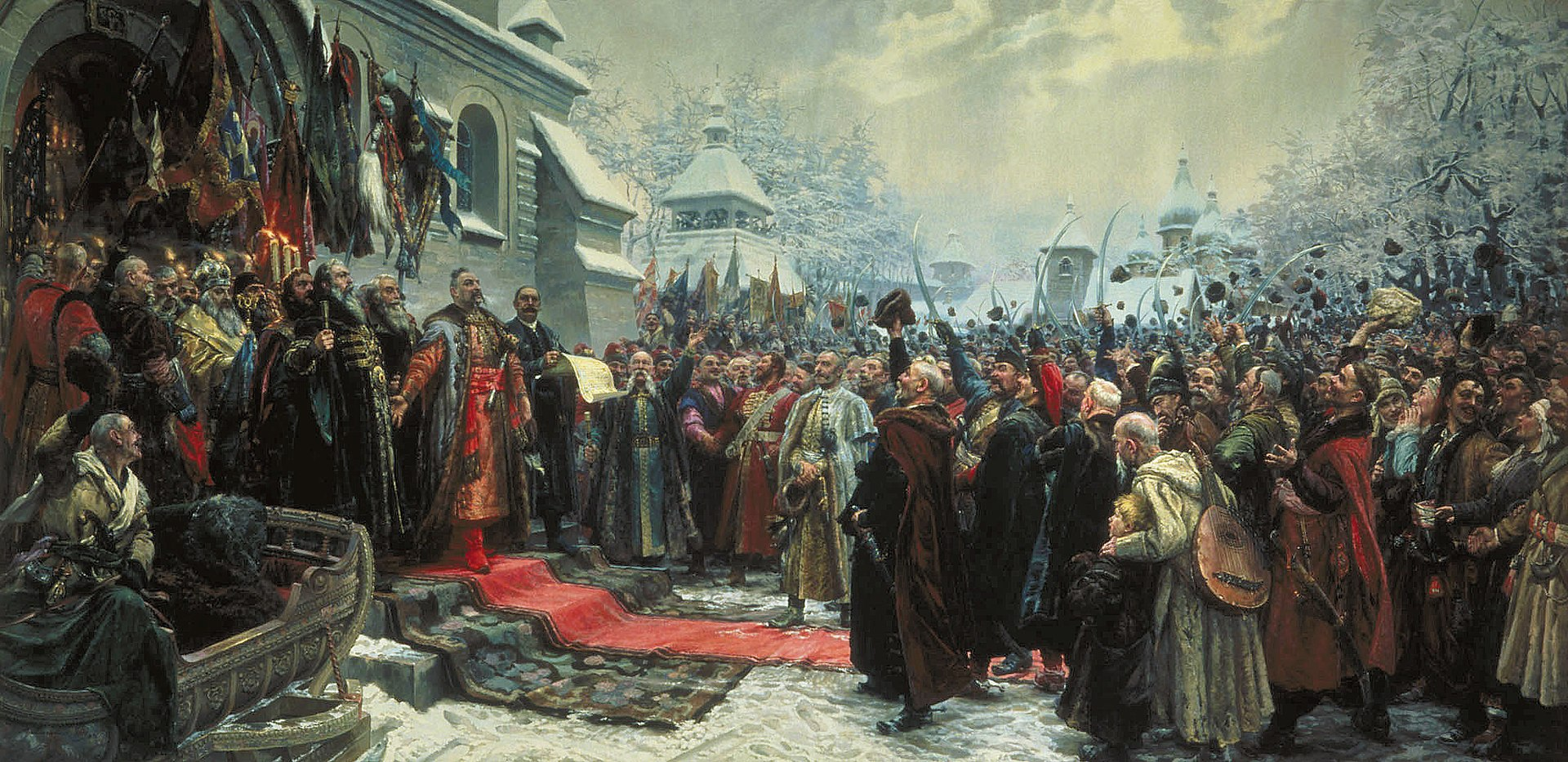
Behind Ukraine’s fateful security deal that unleashed centuries of Russian colonial grip
In comparison to distributed power and democratic decision-making embraced by the Cossacks, the Russian system concentrated both political and spiritual authority in a single figure, leading to what Hrytsak calls a "sacralization of power."
Unlike medieval Europe, where tension between secular and sacred authorities created space for independent institutions like universities and autonomous cities, Russian rulers consolidated all forms of power, leaving no room for democratic traditions.
As a result, the Russian ruler became not just a sovereign but the owner of everything and everyone, erasing meaningful distinctions between nobles and serfs – both equally enslaved to the tsar's will.
"In Ukraine, power is not sacred. We never love power, we always criticize it," Hrytsak explains.
This deeply rooted skepticism toward authority helps explain Ukraine’s strength in civil resistance and democratic movements — and why straightforward peace deals with an authoritarian Russia cannot resolve the fundamental conflict between two opposing political systems.
Putin’s trap of historical revisionism
This clash of political cultures is evident in how each side uses history. Putin’s 2021 article attempted to justify the looming full-scale invasion by referencing the 1654 Pereiaslav Treaty — a historical agreement in which Ukraine accepted Moscow’s protection in its struggle with the Polish crown while preserving its own military and administrative autonomy.
Though the original documents have not survived, Putin repeatedly refers to this centuries-old arrangement to assert authority over modern Ukraine.
The same flawed logic is evident in Russian claims about Crimea. The "Russian Crimea" narrative only emerged after the 18th-century Russo-Turkish wars, which made the peninsula a key prize of imperial expansion.
Russian populations first formed a majority there only after World War II, when Stalin deported the indigenous Crimean Tatar population and resettled the peninsula with Russian military families.
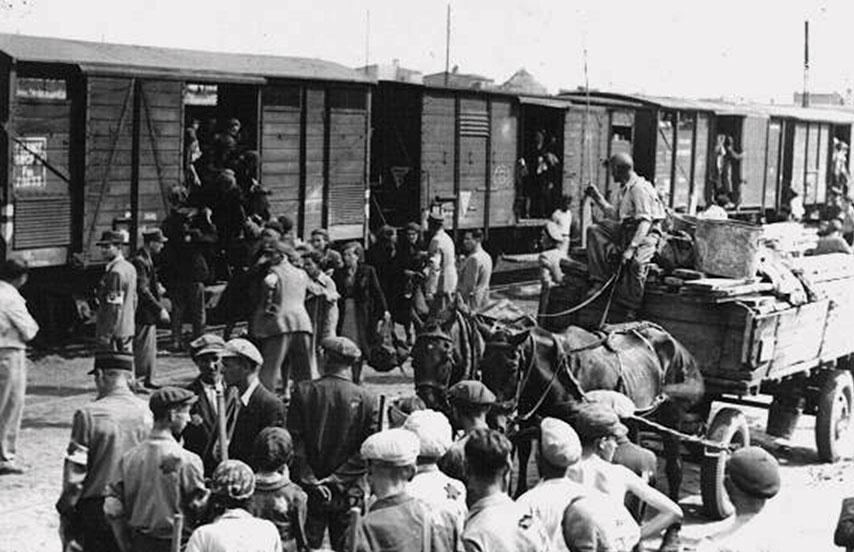
While Putin wields historical claims as weapons, modern Europe offers a different path. The European system explicitly rejects historical grievances as a basis for changing borders — because accepting such arguments would threaten every boundary on the continent. Instead, it provides something more valuable: a framework for lasting peace.
The current war has dramatically accelerated Ukraine’s historical processes. After decades of knocking on the EU's door without success, the full-scale invasion sparked a swift shift in attitudes. EU membership now holds significance beyond just economic benefits — it symbolizes a break from the centuries-old cycle of violence that has plagued the region for centuries.
“While many negative things can be said about the EU, one thing is indisputable: war between member states is impossible within the EU,” Hrytsak says.
However, as Russia’s full-scale invasion continues, it could drain Ukraine's resources, casting a shadow of uncertainty over the nation’s future.
The formula for sustainable peace
Given the deep-rooted differences in Ukraine’s and Russia’s geopolitical ambitions, Hrytsak argues that any lasting peace requires more than just territorial agreements. The road to potential reconciliation with Russia depends on several key conditions: full recognition of Ukraine’s sovereignty over Crimea and Donbas, acceptance of economic responsibility for war damages, and a fundamental political transformation.
Only when these conditions are met can true reconciliation begin — a process that, much like Europe’s post-war recovery, could take two to three generations. The solution, he suggests, lies in history's most successful reconciliation: France and Germany after World War II.
"France didn't make peace with Nazi Germany," he explains. "It made peace with a transformed, democratic Germany," Hrytsak says.
Just as France didn't seek peace with Nazi Germany but rather with a post-war democratic Germany, meaningful reconciliation with Russia requires fundamental change.
This tough stance has historical backing. Former German President Richard von Weizsäcker once made a surprising observation: losing World War II was actually the best thing that happened to Germany, paving the way for its transformation into a peaceful democracy.
"Russia's best possible future may lie in defeat," the historian claims.
The historian emphasizes that the ultimate goal of achieving sustainable peace in Europe isn’t just ending the war — it’s reaching a point where Russia no longer sees Ukraine as a target for conquest.
Despite mounting Western pressure for peace with Russia and the weight of centuries of colonial domination, Ukraine's top historian sees hope in his nation's fight for independence.
"I believe this positive outlook is not just a choice, but a duty," Hrytsak says. "Surrendering to pessimism means aligning with the enemy. In that case, Putin’s victory would become far too easy."
Read also:
• Trump’s “60 million Russian deaths”: the dangerous myth behind his Ukraine peace plan
• Inside the West’s fatal peace deal with the Kremlin that exploded into the Cold War
• Inside Ukraine’s lost sovereignty battle that created world’s favorite Christmas song

